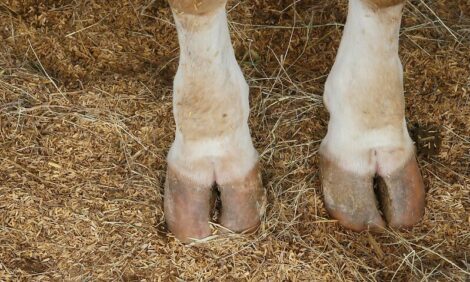



Flooding a Market Does Not Match Demand
GLOBAL - Dairy farmers are, in part, victims of their own success, producing ample milk for a market that has proved elusive this year.In 2014, swamped dairy markets have illustrated both the volatility of commodity prices and the resilience of farmers.
On the back of a torrid drought season in 2011/12, latest data from New Zealand’s 2013/14 run suggests it was the best ever.
Record production surpassed 20 billion litres, rewarded with an average NZ$8.47 payout.
Nationally, the herd grew 2.9 per cent - by 138,600 cows – with cows averaging 7.2 per cent higher yields, according to Dairy New Zealand and Livestock Improvement Corporation statistics.
Subsequently, in light of lower payouts from Fonterra, Westland and others, farms are cutting costs to avoid losses, under guidance that farm working expenses are a great place to start.
In Europe, milk prices are plummeting in all countries and the situation is getting “dramatically worse”, warned a Danish farmer speaking on behalf of the European Milk Board (EMB).
“The reason for plummeting milk prices throughout Europe is the same: production is totally out of synch with the market,” said Kjartan Poulson, President of LDM Denmark.
“That’s why the market is flooded with milk.”
As in Europe, New Zealand and Australia, the US is cranking out milk, although the market has been a little more resistant to price falls.
This is set to change going forward, writes Professor Bob Cropp in his milk markets summary for the University of Wisconsin-Madison.
Output lift is partly down to more cows, with the national herd up 78,000 since the start of the year.
Upon reviewing US Department of Agriculture statistics, Professor Crop wrote: “No state had less milk cows than a year ago.”
Last year, September output was flat, whereas it lifted 4.2 per cent this year.
Cheaper feed and completed holiday orders of cheese and butter are also bearish factors.
And with herd expansion and cereal price forecasts where they are, Professor Cropp suggests even more pressure on milk prices next year, although how much is uncertain.
UK producer organisation Farmers For Action (FFA) has been calling for more market intervention, adding to EMB and Copa-Cogeca demands.
In an interview with the EMB, FFA Chairman David Handley called for a two tier pricing structure for farms and 4-5 pence lift on the intervention price.
He said an ‘A price’ would be given to a certain volume, with a “B Price” gained from selling milk at world market prices.
Michael Priestley
News Team - Editor
Mainly production and market stories on ruminants sector. Works closely with sustainability consultants at FAI Farms



